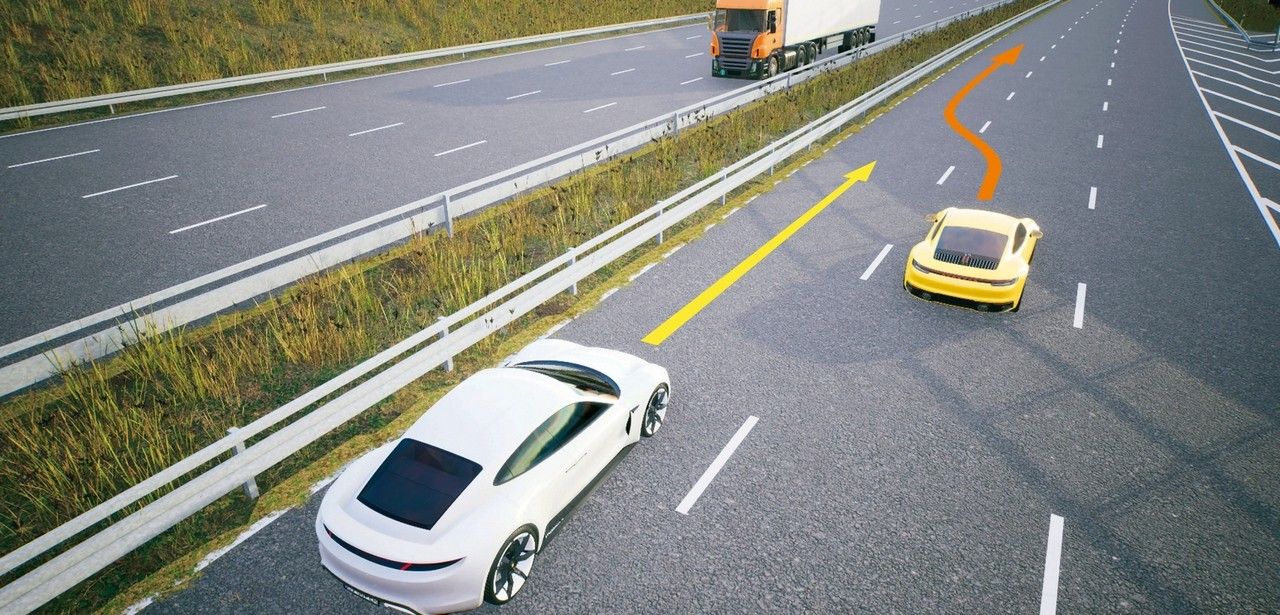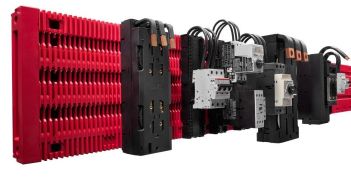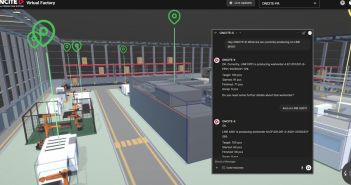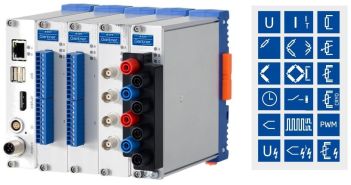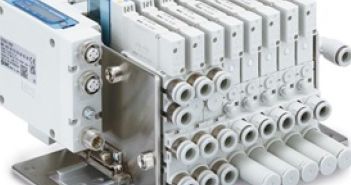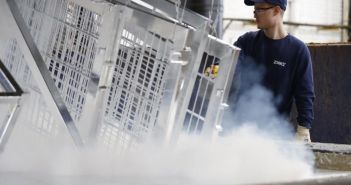Porsche Engineering is actively working on securing functions for highly automated driving through simulations. Within the AVEAS research project, critical traffic situations are automatically detected and stored in a database using AI from sensor data. The variation of road models and traffic situations aims to generate a larger number of test cases for virtual validation. The ultimate goal is to develop a comprehensive procedure for securing driver assistance systems and functions for highly automated driving.
Enhancing Safety and Efficiency through Virtual Testing of Critical Traffic Situations
Virtual tests provide a means to systematically modify realistic critical traffic situations and artificially expand the scope of virtual safety tests. By deliberately varying parameters, test scenarios can be created that would be unsafe or impractical to conduct in the real world. For instance, different parameter settings can be applied to repeated swerving maneuvers to assess the vehicle’s behavior in various situations.
The captured traffic situations are stored in standardized file formats and serve as input for other projects such as road modeling. Through a highly automated road modeling process, Porsche Engineering integrates measurement data from the JUPITER test vehicles. Using Lidar sensors, the vehicles scan the surroundings and transmit the data to the cloud. Special algorithms are employed to generate precise road models from the data, which include all relevant information about the road and objects.
The virtual test drives take place in the PEVATeC simulation environment, where the real drive can be replicated and modified as needed. Porsche Engineering is developing a digital twin of the JUPITER test vehicle, allowing for one-to-one testing of all functions. Through simulation and optimization of boundary scenarios, the desired driving functions can be secured and optimized.
The AVEAS project, running until the end of 2024, aims to create a scalable pipeline for evaluating driving scenarios. Through virtual validation and the generation of numerous critical scenarios, future development work can be significantly accelerated. The long-term vision is to generate scenarios during test drives and immediately utilize them in simulations to optimize driving functions. Once validated, corresponding updates can be transmitted over-the-air to the vehicles.
The modeling of routes is a crucial component in any ADAS/AD simulation. Porsche Engineering is developing a highly automated process for modeling routes, using data collected from the JUPITER test vehicles. This data is utilized to generate precise route models that encompass all relevant information about the road and objects. Due to the necessity for accuracy, the modeling of routes requires meticulous attention, as even minor deviations can result in errors during the simulation.
The AVEAS project offers numerous benefits for the development of functions for highly automated driving. By simulating and optimizing critical traffic situations, driver assistance systems and autonomous driving functions can be made safer and more effective. Virtual tests allow for the generation of a large number of test cases that cannot be driven in reality. Through close collaboration with other partners and the use of data from various sources, a comprehensive and precise validation of driving functions is made possible.


